News
20 Products People Used Without Knowing Their Risks

We tend to trust the items we use regularly, but what if they’re actually causing harm? A closer look at some of the most popular products we’ve used for decades reveals a hidden truth. They were once considered safe, but now come with warnings we all need to take seriously. Here are some of the unexpected dangers.
Lead-Based Paint

Once a go-to for vibrant home interiors, lead-based paint was widely used until the late 1970s. For years, people unknowingly exposed themselves and their children to lead poisoning. The risks? Aside from brain damage, it caused developmental delays and long-term health effects. Thankfully, its use was banned in 1978.
Perfumes With Harmful Chemicals
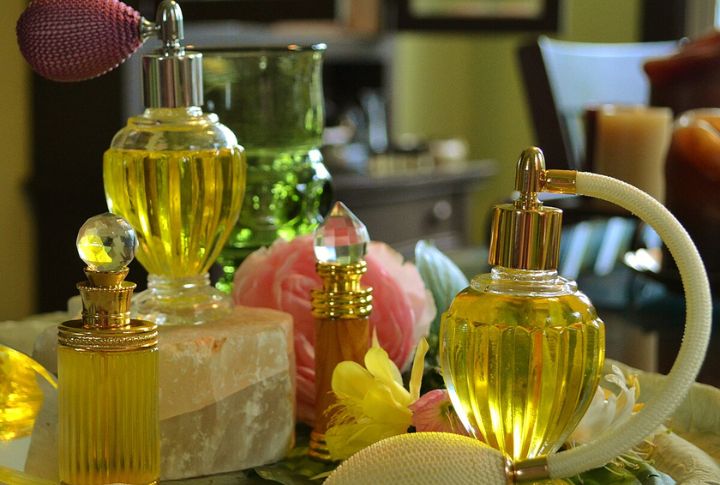
A spritz of perfume is often the final touch to an outfit, but some perfumes contain phthalates and synthetic musk. These chemicals can trigger allergic reactions, and long-term exposure may contribute to hormone disruption and skin irritation.
Radium-Infused Watches

Glow-in-the-dark material was once seen as a miraculous substance, with radium-infused watches sold as luminous accessories. Wearers weren’t warned about the long-term effects. Over time, workers and consumers alike developed cancers as the radiation damaged cells and tissues. By the 1960s, its deadly side effects became undeniable.
Mattresses With PBDEs

Flame-resistant chemicals, specifically PBDEs, are commonly found in mattresses to reduce fire risks. However, these compounds have been shown to accumulate in the body and can affect thyroid function and brain development. It’s important to opt for safer, certified materials when purchasing a mattress.
Non-Stick Cookware (PFOA Coating)
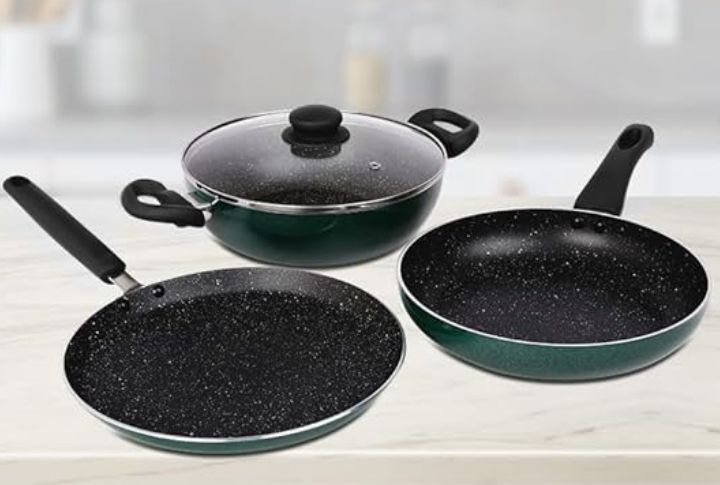
The convenience of non-stick pans had a hidden downside, as many were coated in PFOA, a harmful chemical. For years, consumers were unaware of the risks tied to these items. Though safer pans have replaced older models, many kitchens still contain those potentially dangerous ones.
Pesticides In Household Products
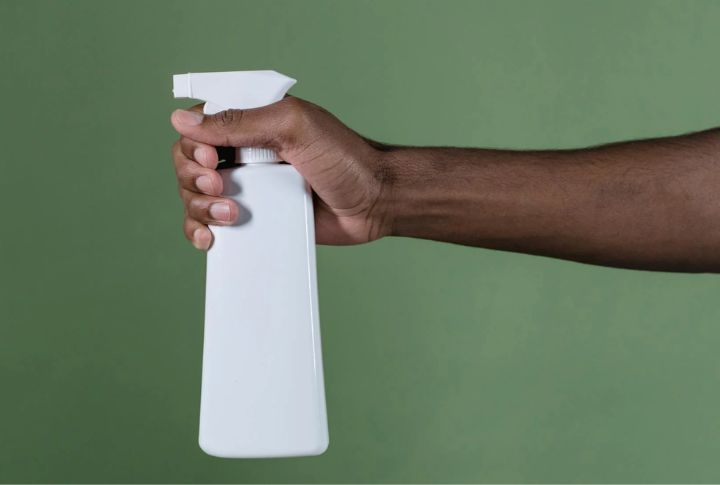
Even inside the home, pesticides may be silently affecting your health. Numerous household products designed to kill pests contain neurotoxic ingredients that can harm the nervous system. Overexposure can lead to headaches, dizziness, and long-term health problems, particularly in children.
Dry-Cleaning Chemicals (Perchloroethylene)
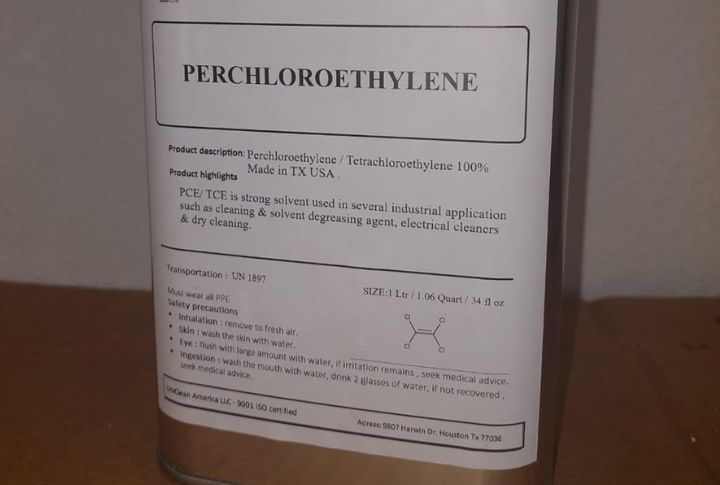
Next time you pick up your freshly dry-cleaned suit, think about the chemicals used in the process. Perchloroethylene, or perc, is often involved and has been associated with liver damage and cancer. Frequent exposure in poorly ventilated areas increases the risks even further.
Mercury Thermometers
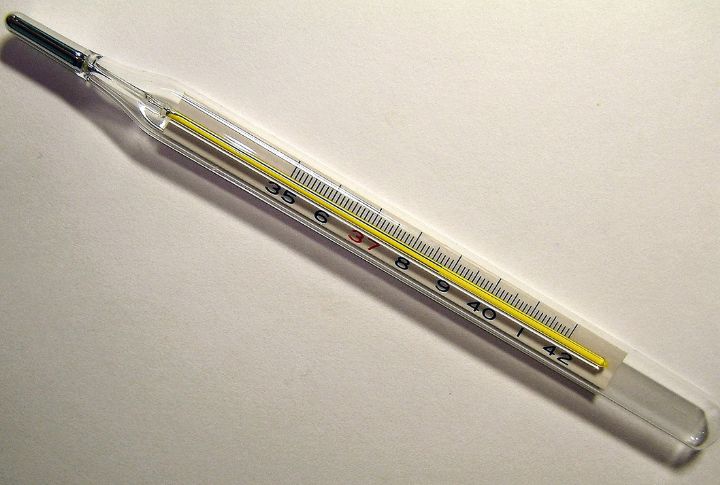
Mercury thermometers were once a staple in every home. People had no idea that the liquid metal inside could poison them. The risk? Accidental breakage releases toxic mercury vapors. It wasn’t until mercury’s danger to human health was acknowledged in the 1990s that safer alternatives gained traction.
Hair Dyes With Lead Acetate

A lot of people don’t realize that certain hair dyes still contain lead acetate, a toxic substance. Although banned in some places, it’s still used in products for coloring dark hair. This ingredient can slowly accumulate in the body and cause long-term harm, including neurological damage.
Flame Resistant Furniture

In the mid-20th century, flame-resistant chemicals were promoted as lifesaving and added to furniture. What many didn’t know was that the chemicals were toxic, contributing to respiratory issues, hormone disruption, and even cancer. After years of controversy, new standards are being implemented to limit their use.
Plastic Food Containers (BPA)
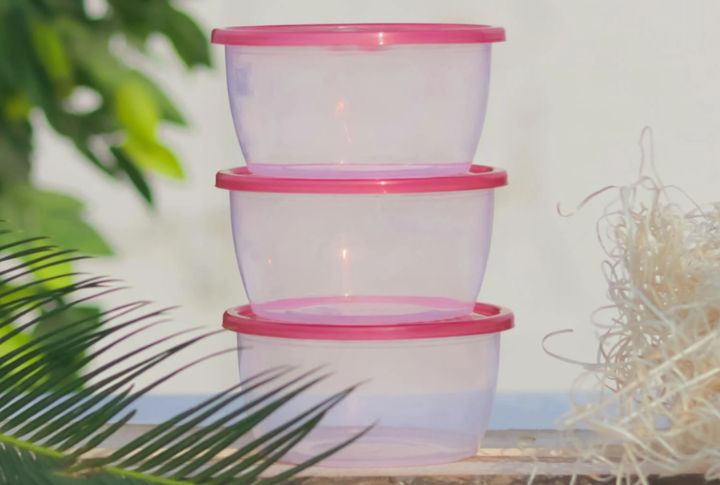
It’s hard to imagine a time when BPA wasn’t banned from baby bottles. This chemical was found in many plastic containers and poses reproductive risks. The dangers of the chemical became undeniable before manufacturers began offering safer BPA-free options for everyday use.
Asbestos Insulation

Asbestos, once prized for its fire resistance, was linked to lung cancer as early as the 1930s, with its connection to mesothelioma confirmed by the 1960s. Despite early awareness of its dangers, asbestos remained widely used, and many older buildings still contain this hazardous material.
Talc-Based Baby Powder

Talc powder was once a must-have for baby care, prized for its moisture-absorbing properties. However, it was later discovered that some talc powders contained asbestos, which is linked to ovarian cancer. This revelation led to widespread concerns about the safety of talc-based products.
Coal Tar In Shampoos
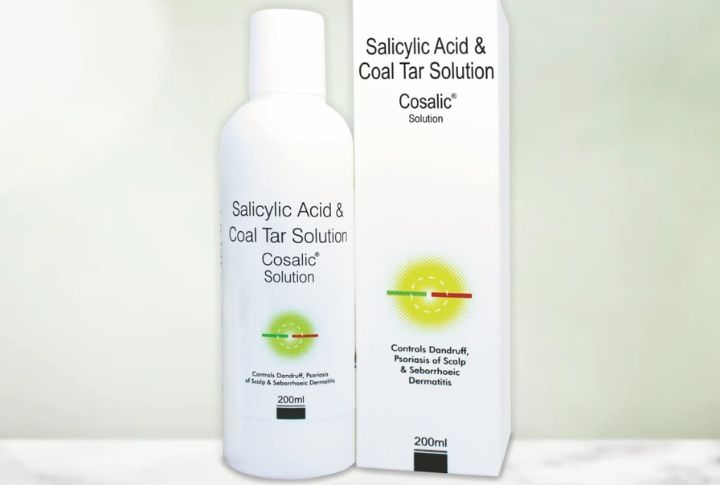
If you’re using dandruff shampoos, there’s a good chance you’ve been exposed to coal tar, a known carcinogen. Despite its effectiveness, regular use of shampoos with coal tar can result in skin irritation and increase the risk of developing cancer, especially with prolonged exposure.
Smoking Ads Promoting Health Benefits
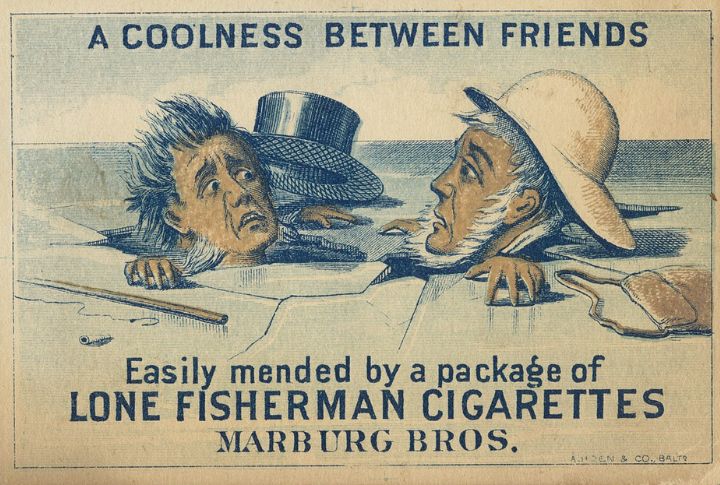
Picture this: a time when doctors appeared in ads promoting smoking as a healthy option. Yes, for decades, tobacco companies promoted their products as safe and beneficial to health. It wasn’t until much later that the true dangers of smoking became undeniable, leading to smoking bans and strict regulations.
Artificial Sweeteners (Saccharin)
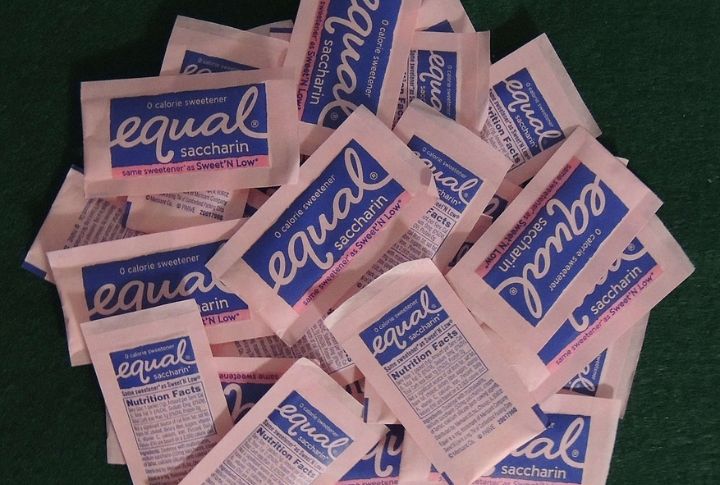
In the 1970s, saccharin became a popular go-to sugar alternative and was seen as a healthy option. As its reputation came under scrutiny, many questioned its safety. Although still used today, saccharin is now more closely regulated for consumer protection and safety standards.
Aluminum Cookware
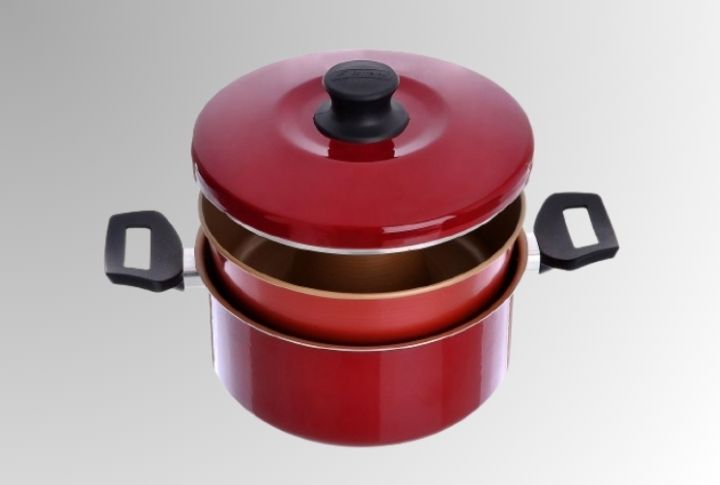
Aluminum utensils are often seen as lightweight, but they come with hidden dangers. When used at high heat, aluminum can react with acidic foods and leach into your meal. While the risk of serious harm is low, extended exposure to high levels of aluminum could lead to health problems.
Toothpaste With Harmful Ingredients

Sodium lauryl sulfate and other artificial chemicals, such as parabens, artificial sweeteners, and triclosan, were common in toothpastes for years, frequently causing irritation to the mouth. Despite its effectiveness in cleaning, some ingredients weren’t ideal for sensitive users. As a result, natural and gentle alternatives have become increasingly popular.
Formaldehyde In Clothing

Formaldehyde might not be something you think about when shopping for clothes, but it’s commonly used in fabric treatments. Found in wrinkle-resistant clothing, this chemical can provoke skin reactions and is considered a human carcinogen when worn regularly or inhaled.
Air Fresheners With Phthalates
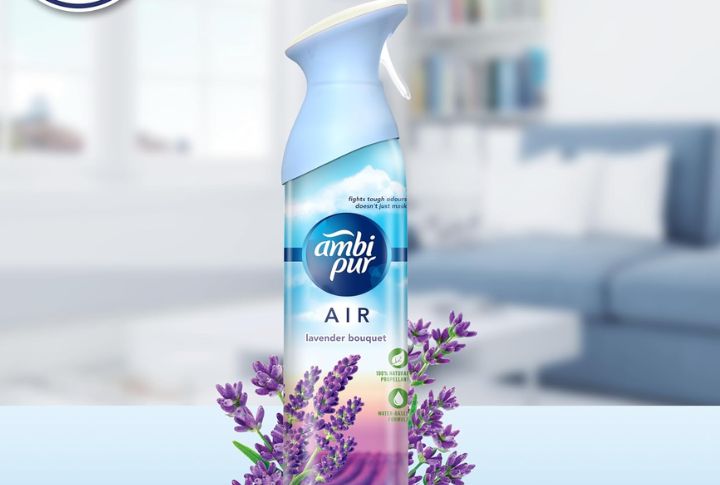
Air fresheners promise to mask unpleasant odors, but they come with their own set of problems. Phthalates, found in many air fresheners, are linked to reproductive issues and hormone disruption. The accumulation of these chemicals in your body can result in health problems in the long run.

